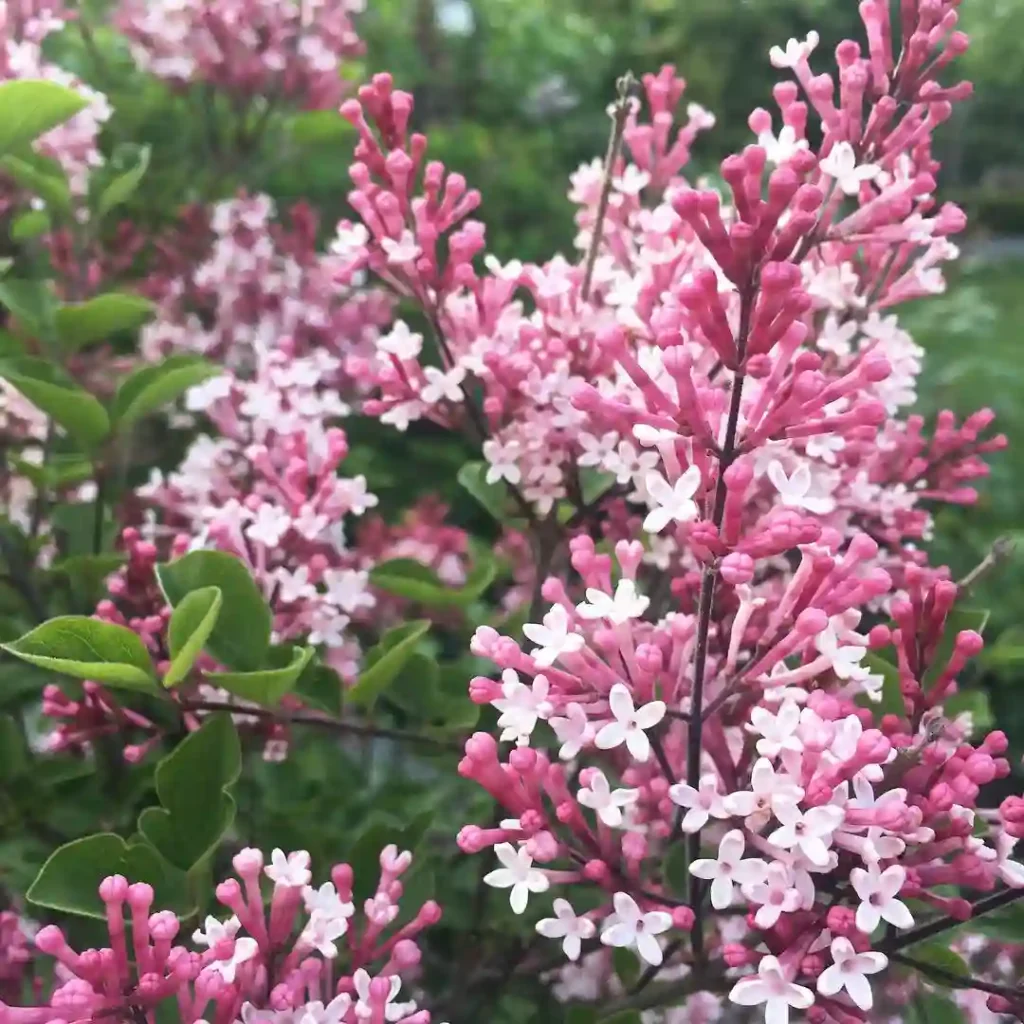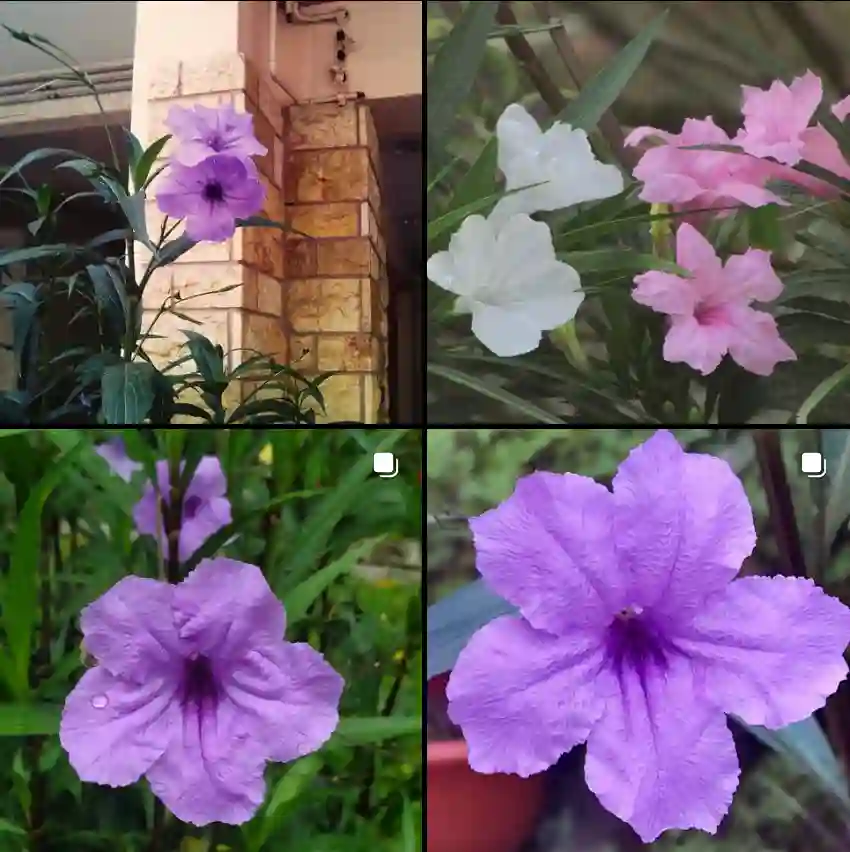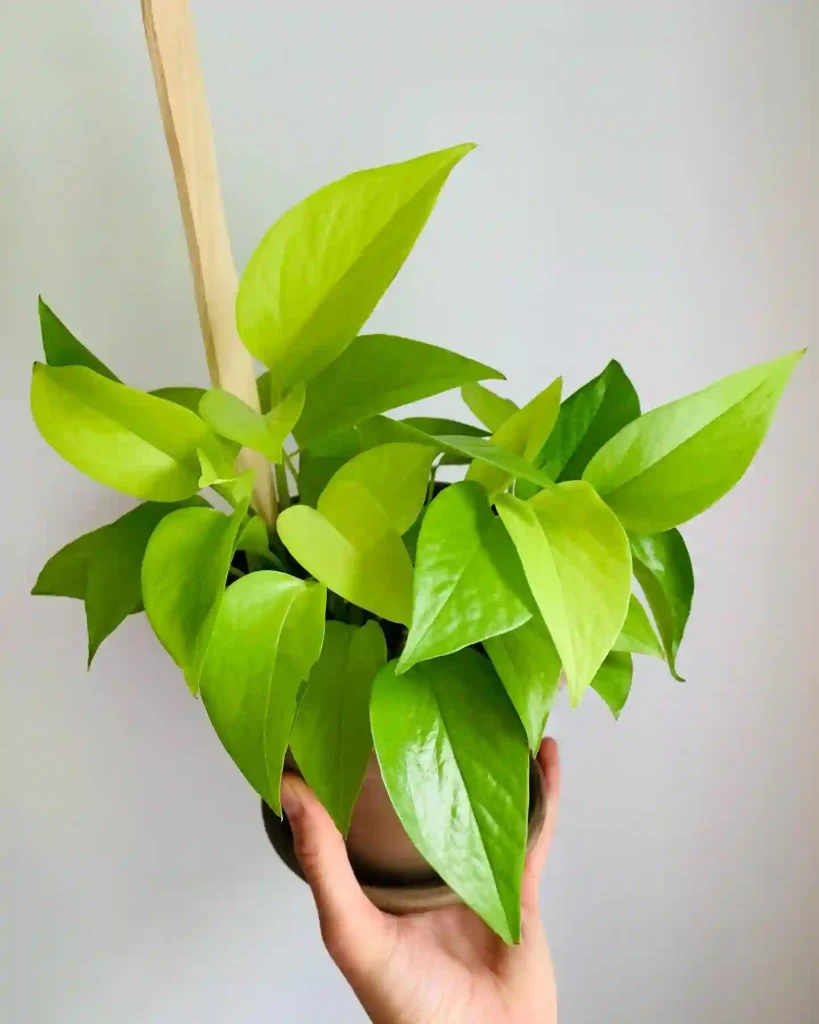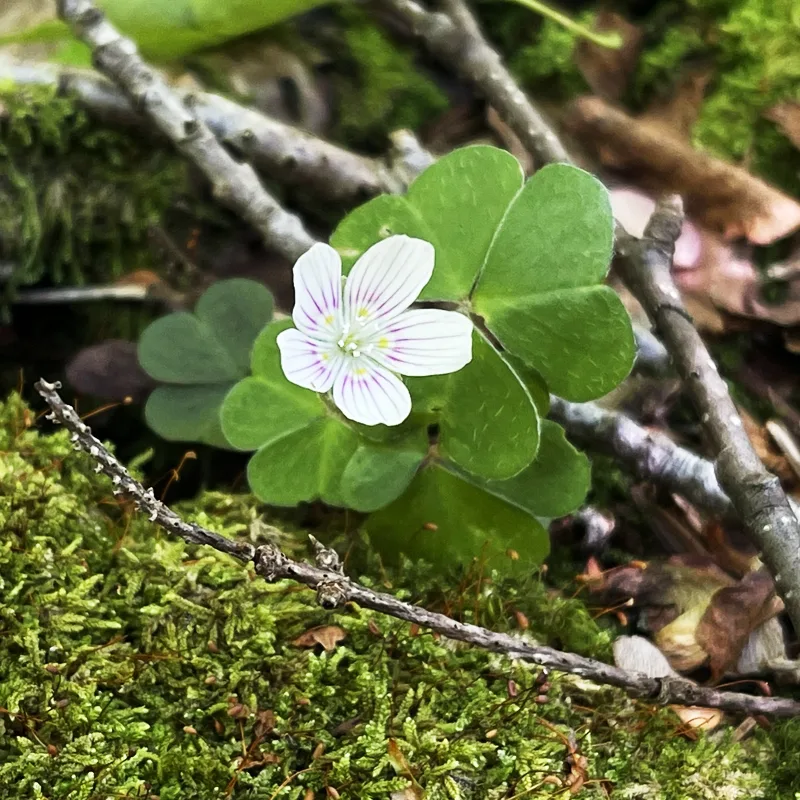Frequently Asked Questions About Plectranthus Socotranus
As a plant enthusiast, I’ve come across many intriguing species, but Plectranthus Socotranus stands out for its unique characteristics and care requirements. Here’s a comprehensive guide addressing frequently asked questions about this fascinating plant.
302 Species in Genus Coleus
What is Plectranthus Socotranus?
Plectranthus Socotranus, a synonym of Coleus Socotranus, often called the Socotra Spurge, is a striking succulent native to the island of Socotra in the Arabian Sea. This plant is part of the Lamiaceae family and is known for its fleshy, paddle-shaped leaves and attractive purple flowers. The plant’s natural habitat is arid, rocky terrain, which influences its care requirements.
How to Care for Plectranthus Socotranus?
Caring for Plectranthus Socotranus involves replicating its native environment as closely as possible. Here are some key points:
- Light: This plant thrives in bright, indirect light. A south or west-facing window is ideal. It can tolerate some direct sunlight, but too much can scorch its leaves.
- Soil: Use well-draining soil to prevent root rot. A cactus or succulent mix works well. You can also add sand or perlite to enhance drainage.
- Watering: Allow the soil to dry out completely between waterings. Overwatering is a common mistake and can lead to root rot. During the winter months, reduce watering significantly.
- Temperature: Plectranthus Socotranus prefers temperatures between 60°F and 80°F (15°C to 27°C). It can tolerate cooler temperatures but should be protected from frost.
How to Propagate Plectranthus Socotranus?
Propagation is relatively straightforward and can be done via stem cuttings or offsets. Here’s a step-by-step guide:
- Stem Cuttings: Select a healthy, mature stem. Cut it just below a leaf node. Allow the cutting to dry for a few days to form a callus.
- Planting: Place the cutting in a small pot with well-draining soil. Water lightly and keep it in a warm, bright spot. The cutting should root in a few weeks.
- Offsets: If your plant produces offsets, you can separate them from the main plant and pot them individually.
What to Plant With Plectranthus Socotranus?
Plectranthus Socotranus pairs well with other succulents and drought-tolerant plants. Consider these companions:
- Echeveria: Their rosette shapes and varied colors complement the Plectranthus well.
- Aloe Vera: This plant’s architectural form contrasts nicely with the softer look of Plectranthus.
- Sedum: The low-growing nature of Sedum creates a beautiful ground cover around the taller Plectranthus.
Benefits of Growing Plectranthus Socotranus
Growing Plectranthus Socotranus offers several benefits:
- Aesthetic Appeal: Its unique foliage and flowers add a distinctive touch to any plant collection.
- Low Maintenance: Its drought tolerance makes it easy to care for, especially for busy individuals or beginners.
- Air Purification: Like many succulents, it can contribute to cleaner air by filtering pollutants.
Toxicity
Plectranthus Socotranus is generally non-toxic to pets and humans. However, it’s always a good practice to keep plants out of reach of curious pets or small children, as ingestion of large quantities could cause minor digestive issues.
Common Problems and How to Fix Them
Despite its hardiness, Plectranthus Socotranus can face a few issues:
- Root Rot: Caused by overwatering. Ensure the soil dries out between waterings and use well-draining soil.
- Leaf Drop: This can occur if the plant is exposed to sudden temperature changes or drafts. Keep it in a stable environment with consistent temperatures.
- Pests: Watch for common pests like mealybugs or aphids. Treat infestations promptly with insecticidal soap or neem oil.
How Does Plectranthus Socotranus Compare to Similar Plants?
Plectranthus Socotranus can be confused with other succulents like Crassula or Kalanchoe due to their similar leaf shapes. However, Plectranthus is unique in its flowering pattern and leaf texture. Unlike Crassula, which often has more rounded leaves, Plectranthus features more elongated, paddle-like leaves.
Kalanchoe species, while also succulents, generally have different flower structures and leaf shapes compared to Plectranthus Socotranus.
Conclusion
Plectranthus Socotranus is a captivating plant with specific care needs that, when met, can lead to a thriving, beautiful addition to your plant collection. By providing it with the right environment and attention, you’ll enjoy its unique beauty and low-maintenance nature. Whether you’re a seasoned plant lover or a beginner, Plectranthus Socotranus is worth adding to your gardening repertoire.
If i die, water my plants!



